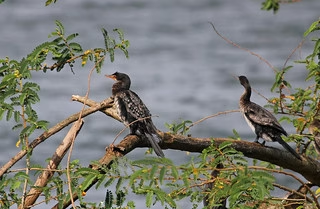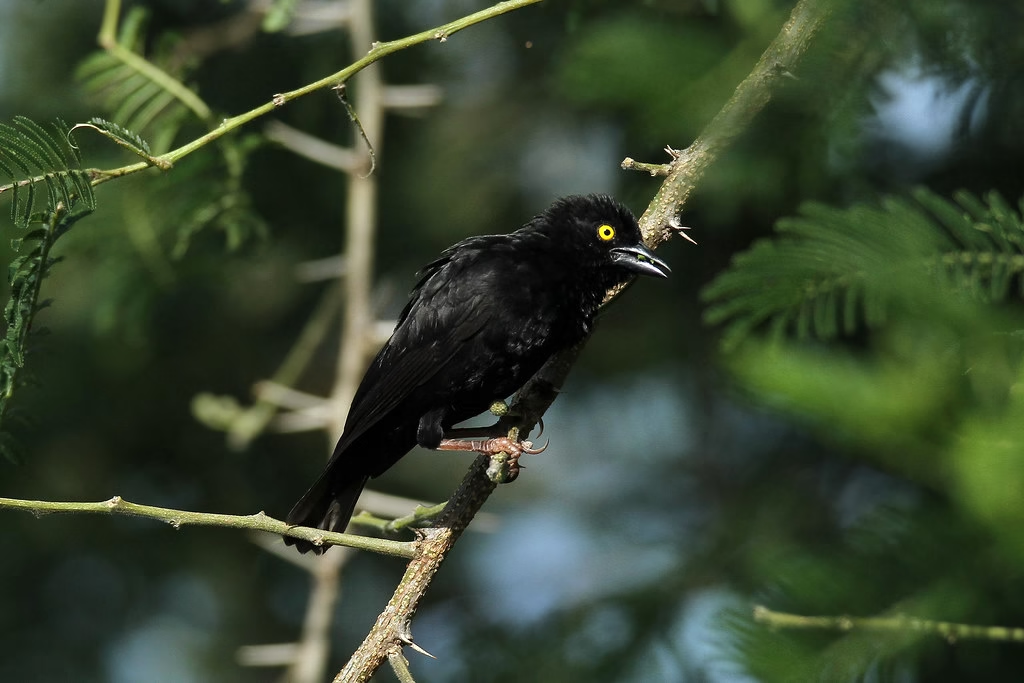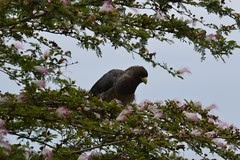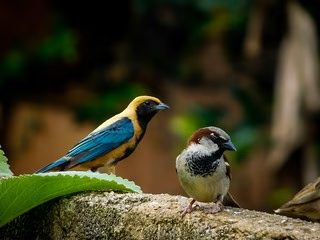Top 10 ways to Spot Birds—birdwatching tips, birdwatching guide—birdwatching for beginners—spotting birds, birdwatching locations—best time for birdwatching.
How to Spot Birds? Birdwatching is a rewarding and immersive activity that allows you to connect with nature while observing the fascinating behavior of different bird species.
Whether you’re new to the hobby or looking to improve your bird spotting skills, knowing where to look, what to listen for, and how to behave in the field can enhance your birdwatching experience. Here’s a comprehensive guide on how to spot birds.
Top 10 ways to spot birds and have an outstanding birding experience.
1. Choose the Right Location.
The first step in spotting birds is selecting the right habitat. Different bird species thrive in different environments, so knowing where to go can help narrow down your search.
- Forests and Woodlands: Ideal for woodland species like woodpeckers, warblers, and owls.
- Wetlands and Marshes: Great for waders, ducks, and birds like the Shoebill or Kingfisher.
- Grasslands and Meadows: Perfect for spotting sparrows, finches, and ground-dwelling birds.
- Rivers and lakes: attract waterfowl, herons, and raptors like eagles and ospreys.
- Urban Areas: Many common species, like pigeons, sparrows, and crows, can be found in cities, parks, or gardens.
2. Best Time to Birdwatch
Birds are typically most active during certain times of the day. Early mornings and late afternoons are often the best times for birdwatching, as many birds are feeding, singing, and active during these hours. Mornings are particularly good, as the temperature is cooler and birds are more likely to be visible and vocal.
- Dawn (Early Morning): Birds like robins and thrushes start their day with songs and are often feeding.
- Late afternoon (Golden Hour): As the sun sets, some birds become more active again.
3. Listen Carefully
Birdwatching is not just about spotting birds visually; it’s also about using your ears. Many birds are more easily heard than seen. Identifying birds by their calls and songs can greatly enhance your birdwatching experience.
- Songs: Many birds sing to communicate with other birds. Learning a few common bird songs can help you locate them.
- Calls: Birds also use calls for warning signals, mating calls, and territorial claims. Pay attention to the pitch, rhythm, and frequency of the sounds.
4. Use the Right Gear
A few simple tools can make your birdwatching experience much more enjoyable.
Binoculars:
A pair of binoculars is essential for seeing distant birds clearly. Aim for binoculars with a magnification of 8×42 or 10×42, which are ideal for birdwatching.
Field Guide
A bird field guide specific to your region is helpful for identifying the species you spot. Apps and online resources can also help.
Camera
If you’re interested in photographing birds, a camera with a good zoom lens is crucial for capturing sharp images from a distance.
5. Be Patient and Quiet
Birds are sensitive to disturbances, so it’s important to remain still and quiet when you’re trying to spot them. Sudden movements or loud noises can scare them off. Find a condusive vantage point where you can sit or stand still, and focus on the area where you’ve seen or heard birds. The more patient you are, the more likely you are to observe birds in their natural behavior.
6. Observe Bird Behavior
Once you’ve spotted a bird, take the time to watch its behavior. Is it foraging for food? Is it perched on a branch, or is it flying? Watching how birds behave can tell you a lot about their species, habits, and preferences.
Feeding
Birds will often focus on specific food sources like seeds, berries, insects, or fish. For example, woodpeckers tap trees in search of insects, while robins hunt for worms in the grass.
Perching
Different birds have different perching habits. Hawks and eagles may perch high in trees or on poles, while sparrows and warblers often stay lower to the ground.
Flight Patterns
Birds’ flight patterns are distinctive. Hawks soar and glide, while sparrows flit quickly from tree to tree.
7. Look for Birds’ Habitats
While you’re walking or hiking, look for signs of bird activity in the environment. For example:
Flocks
Some birds, like starlings or pigeons, travel in flocks. Keep an eye out for groups of birds flying together, often in formations or waves.
Tracks and Droppings
Bird droppings or footprints on the ground can tell you where birds have been.
8. Understand Bird Migration
Many bird species migrate seasonally, and knowing the migratory patterns of birds can help you predict where and when to spot them. For example, migratory birds like warblers may be more abundant in certain seasons, particularly during spring and fall when they pass through on their way to breeding or wintering grounds.
9. Use Your Senses to Detect Movement
Birds may be well camouflaged, but their movements often give them away.
Look for sudden flashes of color or movement in trees, shrubs, or the sky. Birds may flutter, hop, or glide silently through the air, so keeping your eyes and ears sharp is crucial.
10. Respect Wildlife
Remember that birdwatching is about observing, not disturbing.
Always maintain a respectful distance from birds and their nests, especially during the breeding season.
Avoid approaching too closely or making loud noises that might frighten the birds away.
Practice ethical birdwatching by ensuring you leave no trace of your visit and do not harm the environment.





